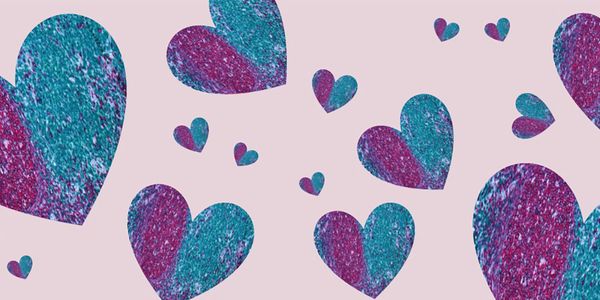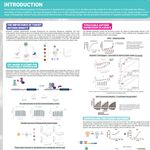Special Lecturer - Circuits of Reward/Motivation and Decisions: Linking Connectivity to Function and Disease
-
Suzanne Haber, PhD
Professor, Department of Pharmacology and Physiology, University of Rochester School of Medicine and DentistryBIOGRAPHY
The dorsal anterior cingulate cortex (dACC), orbitofrontal cortex (OFC), ventrolateral and ventromedial prefrontal cortex (vlPFC, vmPFC) and their connections with the basal ganglia play a central role in reward and decision-making. These areas, along with their white matter pathways, are closely associated with several psychiatric disorders, including depression, obsessive–compulsive disorder (OCD), and addiction. While their connections define the reward-related cortical and basal ganglia regions, their terminals also interface in specific locations with those from cognitive control cortical areas. These regions, specifically located in the dACC, vlPFC, and striatum, are in pivotal positions for providing a ‘platform’ for bottom-up and/or top down control of goal directed behaviors. The first part of this talk will address the connectivity of the reward circuit and its interface with cognitive control cortical regions. Axons from reward-related and cognitive control cortical areas travel through several white matter bundles, that shows changes in volume and diffusivity in several psychiatric disorders. Importantly, these WM bundles are targets for invasive surgeries for treatment of depression and OCD, including lesions and deep brain stimulation (DBS). For example, anterior capsulotomy and DBS, two surgical treatments for OCD and depression, target the internal capsule. Lesions of the dorsal cingulum bundle (cingulotomy), is also a target for depression and OCD, and the subgenual cingulum bundle is a DBS target for depression. The second part of this talk will demonstrate the PFC fiber positions through these bundles demonstrating the likely connections captured at the three surgical targets.
Special Lecturer - Circuits of Reward/Motivation and Decisions: Linking Connectivity to Function and Disease
Please update your information
Certificate of Attendance
DOWNLOAD CERTIFICATE




